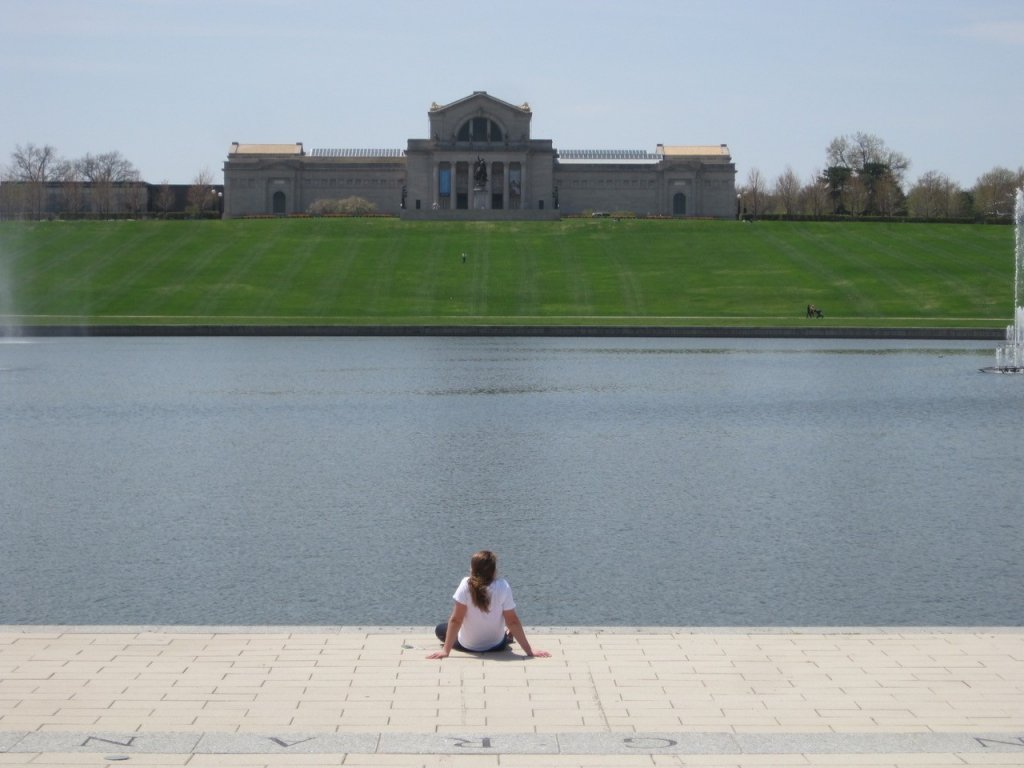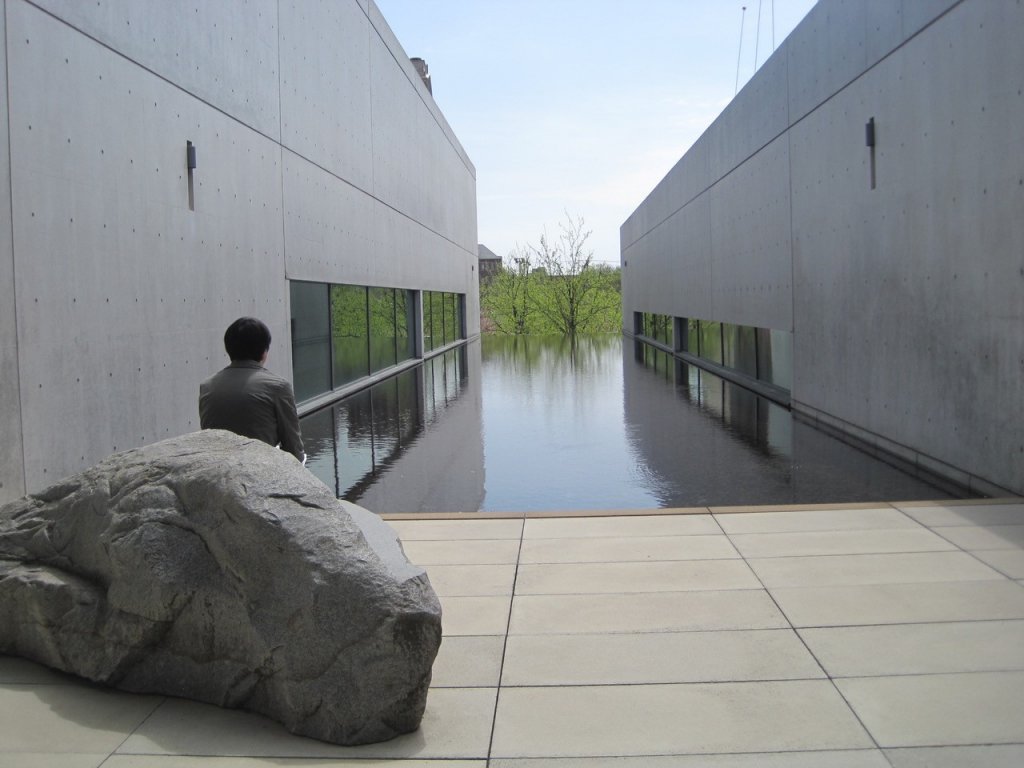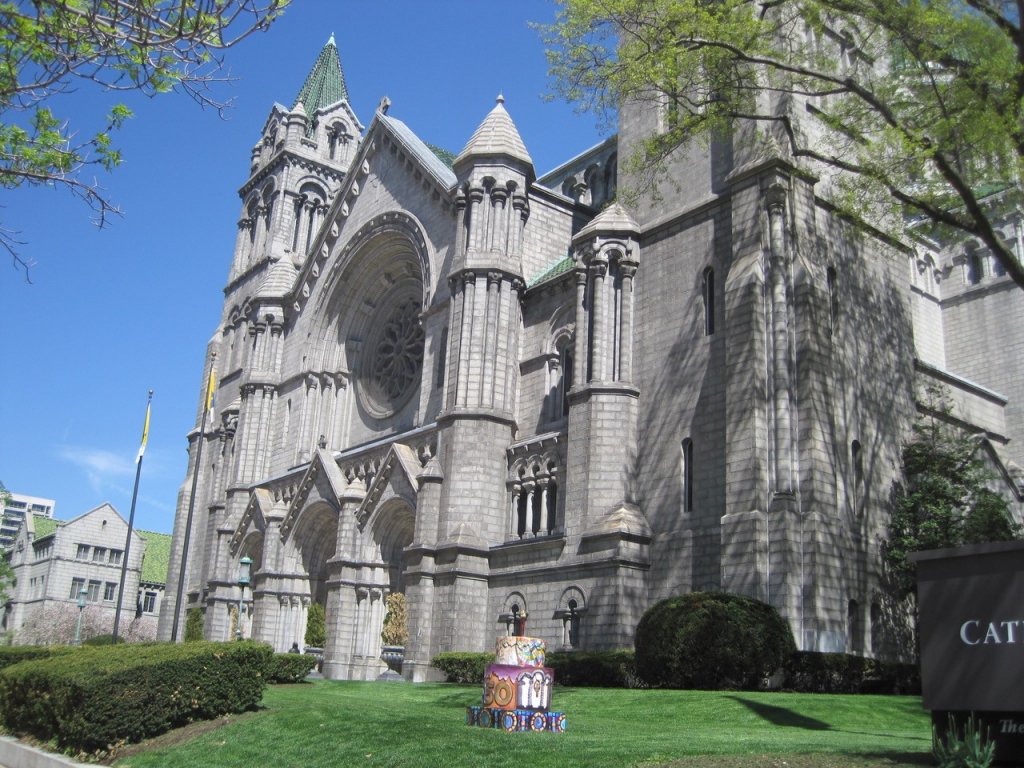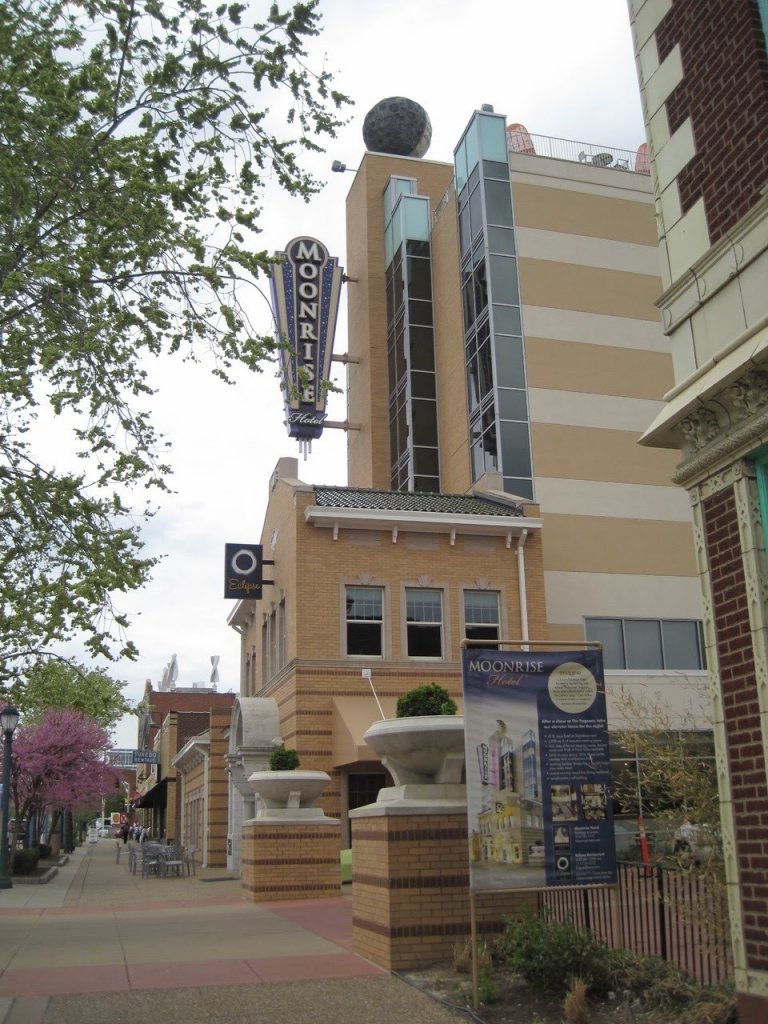BY JANET STEINBERG
“All experience is an arch where through
Gleams that untraveled world.”
Alfred Lord Tennyson
You can stroll, sail, or drive, beneath some of the most famous man-made arches in the world. To name a few…
the Arc de Triumph in Paris, France…Gateway to India in Mumbai, India…Brandenberg Gate in Berlin, Germany…Arch of Constantine in Rome,
Italy…Arc de Triomf in Barcelona, Spain…Rua Augusta Arch in Lisbon, Portugal…Sydney Harbour Bridge in Sydney, Australia…and the playful yellow arches of McDonald Restaurants around the world.
the Arc de Triumph in Paris, France…Gateway to India in Mumbai, India…Brandenberg Gate in Berlin, Germany…Arch of Constantine in Rome,
Italy…Arc de Triomf in Barcelona, Spain…Rua Augusta Arch in Lisbon, Portugal…Sydney Harbour Bridge in Sydney, Australia…and the playful yellow arches of McDonald Restaurants around the world.
But try as they may, no other arch does it better than the soaring 630-foot Gateway Arch in St. Louis, Missouri. Clad in stainless steel, this iconic arch is the tallest man-made monument in the United States, and the world’s tallest arch. Designed by renowned Finnish-American architect Eero Saarinen, the Gateway Arch commemorates the westward expansion of the United States. This internationally recognized symbol of St. Louis, on the west bank of the Mississippi River, was completed on October 28, 1965.
 |
| THE GATEWAY ARCH |
However, let it be known that St. Louis (the “Gateway City”) has much more to offer than an arch. Come along and “Meet Me in St. Louis”, and you’ll see a lot more of the city than Judy Garland would have shown you when she serenaded you to meet her at The Fair.
In 1904, the world traveled to St. Louis for the Louisiana Purchase Exposition, more commonly known as the World’s Fair. A taste of The World’s Fair can still be seen in the 1300-acre Forest Park. The Grand Basin, the centerpiece of the Fair, remains the crowning jewel in Forest Park. The St. Louis Art Museum, overlooking the Grand Basin, served as the Fine Arts Palace during the Fair.
 |
| ART MUSEUM OVERLOOKING THE GRAND BASIN |
A massive walk-through birdcage, which served as the Smithsonian Flight Cage exhibit, can now be found as part of the Zoo’s Bird Garden. An addition to Forest Park in 1936 was The Jewel Box, an Art Deco greenhouse that is listed on the National Historic Register. The Jefferson Memorial Building section of the Missouri History Museum in Forest Park was built entirely with proceeds from the 1904 St. Louis World’s Fair.
 |
| WALK-THROUGH BIRDCAGE |
The Pulitzer Foundation for the Arts, designed by Pritzker Prize-winning Japanese architect Tadao Ando, was opened in 2001. Cocooned behind glass-smooth “Ando” concrete walls, the Pulitzer was a gift of Emily Rauh Pulitzer, widow of newspaper scion Joseph Pulitzer Jr. Richard Serra’s 123-ton torqued
spiral steel sculpture in the Pulitzer’s courtyard is aptly named “Joe” after the late Joseph Pulitzer Jr. “Twain”, another Serra sculpture, can be seen downtown at Gateway Plaza.
spiral steel sculpture in the Pulitzer’s courtyard is aptly named “Joe” after the late Joseph Pulitzer Jr. “Twain”, another Serra sculpture, can be seen downtown at Gateway Plaza.
 |
| “ROCK SETEE” AT THE PULITZER FOUNDATION FOR THE ARTS |
The Cathedral Basilica, called ”the outstanding cathedral of the Americas” by Pope Paul VI, contains mosaics created with over 41,500,000 tiles in more than 8,000 shades of color.
 |
|
THE CATHEDRAL BASILICA
|
On the St. Louis Walk of Fame, more than 140 bronze stars and informational plaques are embedded in the sidewalk along
Delmar Boulevard in the diverse Loop neighborhood (so named for an old streetcar turnaround). Each star honors a famous St. Louisan.
Delmar Boulevard in the diverse Loop neighborhood (so named for an old streetcar turnaround). Each star honors a famous St. Louisan.
Explore the world-famous Anheuser-Busch Brewery that includes a tour of the historic Brew House, Budweiser Clydesdale stables, lager cellar, packaging plant, hospitality room, and Anheuser-Busch gift shop. To drink some of their beer, head to Ballpark Village, a $100 million multi-level entertainment complex adjacent to Busch Stadium. The Budweiser Brew House offers 239 beer taps.
In the year of the 50th anniversary of the first man to walk on the moon, one of the most unexpected places to celebrate this American space landmark every day of the year is at St. Louis’ Moonrise Hotel. This boutique hotel, with the world’s largest man-made moon on its rooftop, is filled with moon and space memorabilia and art ranging from rare to kitschy and everything in between.
 |
| MOONRISE HOTEL |
For 38 years, Charlie Gitto’s On the Hill, the quintessential Italian restaurant in St. Louis’s Hill neighborhood has been a landmark for fine Italian dining. Toasted
ravioli (“T-Ravs”), a signature St. Louis dish, was born in 1947 in the kitchen of Charlie Gitto’s On the Hill when a careless chef accidentally dropped traditional ravioli in hot oil instead of water.
ravioli (“T-Ravs”), a signature St. Louis dish, was born in 1947 in the kitchen of Charlie Gitto’s On the Hill when a careless chef accidentally dropped traditional ravioli in hot oil instead of water.
St. Louis sweet specialties come in all tastes, shapes, and sizes. The Fountain on Locust features their signature ice cream martinis that are freshly blended, decorated and beautifully garnished. For two decades, Kakao Chocolate has been making people happy with delicious chocolate confections. They are also renowned for their sea salt caramels. The famous “Ooey Gooey Butter Cake”, traditionally made in St. Louis, has been dubbed “one of St. Louis’ popular, quirky foods”.
 |
| THE FOUNTAIN ON LOCUST |
However, when your sweet tooth really starts aching, head to Ted Drewes Frozen Custard, an iconic Route 66 attraction that’s been around since 1941. The specialty here is concrete…edible, of course. Concretes are über-thick milkshakes made from vanilla frozen custard and blended with any number of sweet treats. Instead of driving on concrete on the renowned “Mother Road” of St. Louis, your taste buds will be savoring Drewes unique concrete.
 |
| EDIBLE CONCRETE AT TED DREWES |
One thing for sure, you’ll get your kicks on Route 66.
|
Janet Steinberg, winner of 47-travel writing awards, resides in Cincinnati but calls the world her home.
|
